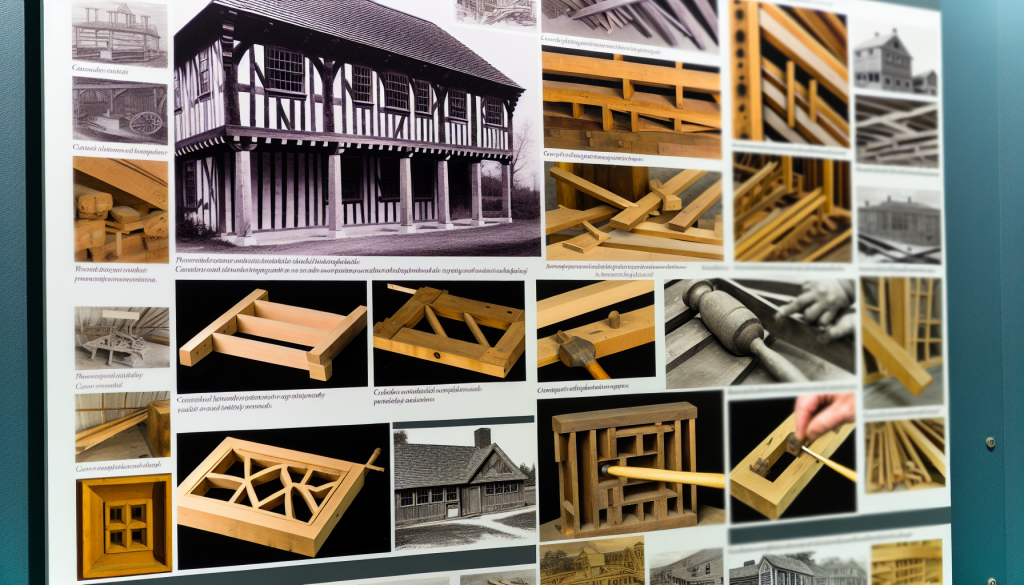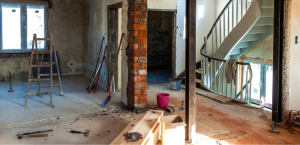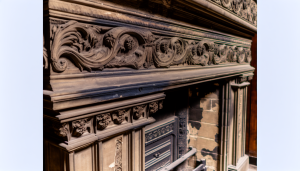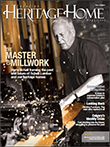Canada’s heritage homes stand as enduring testaments to the country’s architectural and cultural history, where the craftsmanship of yesteryears continues to influence modern woodworking. Unearthing the craftsmanship inherent in these storied buildings offers a fascinating journey through the evolution of woodwork techniques that have shaped Canada’s residential landscape. This blog post delves into the traditional and innovative woodworking practices embedded in the construction and restoration of Canada’s heritage homes.
The art of woodwork in heritage homes is not just about the aesthetic charm; it’s a narrative of the country’s ecological, social, and technological changes. Initially, the choice of wood and the techniques employed were heavily influenced by the local environment. For instance, the abundant forests of Eastern Canada made wood a natural choice for building materials, with local species like Eastern White Pine and Red Cedar frequently used in construction.
One of the fundamental woodworking techniques visible in heritage homes is timber framing, a method that utilizes large timber posts and beams to create the structure’s skeleton. This technique, imported by European settlers, has been integral to Canadian architectural history. Timber framing is not merely about structural integrity; it’s an art form that showcases precise joinery and the natural beauty of wood. The intricate dovetail joints, mortise and tenon connections, and wooden pegs exemplify a time when craftsmen relied on sheer skill and hand tools.
As we move from structure to ornamentation, the craftsmanship in heritage homes reveals a world of decorative detail. From the hand-carved banisters and mouldings to the elaborate door frames and mantelpieces, these elements reflect the social trends and technological advancements of their eras. The Victorian and Edwardian homes, for example, are renowned for their intricate woodwork, featuring ornate designs that mirror the opulence of the period. These decorative pieces were not only a display of wealth and taste but also a showcase of the woodworkers’ expertise in turning wood into art.
Preserving these woodwork techniques is crucial in maintaining the character and integrity of Canada’s heritage homes. Restoration efforts often involve meticulous research to match the original craftsmanship as closely as possible. Modern woodworkers involved in these projects must possess a deep understanding of historical methods while also applying contemporary techniques to ensure durability. The use of traditional tools, alongside modern technology like CNC routers for precision work, exemplifies the blend of past and present in preserving heritage homes.
Moreover, sustainability has become a key focus in preserving and restoring heritage homes, reflecting a renewed appreciation for wood’s environmental benefits. The push towards using locally sourced and reclaimed wood not only aligns with ecological principles but also ensures that the repair and restoration efforts remain true to the original construction practices.
In conclusion, unearthing the craftsmanship in Canada’s heritage homes reveals more than just the beauty of woodwork. It uncovers the evolving story of Canadian society, the adaptation to and respect for the natural environment, and the timeless appeal of wood as a building material. As we continue to preserve these historical structures, we’re not just safeguarding Canada’s architectural legacy; we’re honoring the craftsmanship that has, and continues to, shape the nation’s built environment.








